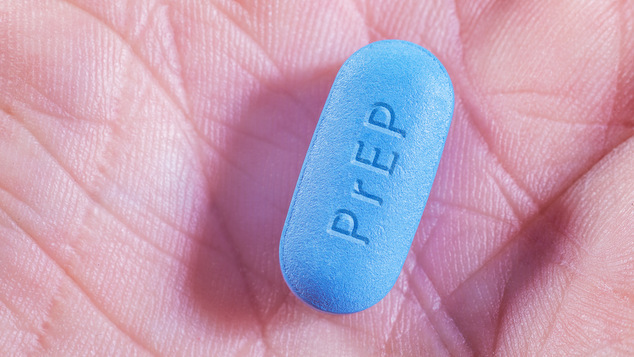
PreExposure Prophylaxis (PrEP) is gaining momentum as a preventative treatment for HIV. In Australia, where the risk of the infection is highest with anal penetrative sex, the treatment is an extremely important new option in HIV prevention.
However results of a medical investigation into a man in Amsterdam has revealed a peculiar case in which a man tested positive for the virus whilst on the medication.
In February of this year a case was reported at the Conference on Retroviruses and Opportunistic Infections (CROI), in which the man become infected with a non-drug resistant strain of HIV whilst actively taking PrEP.
There have been only two previous cases of PrEP failure being reported, however both of these cases were infected with a multi-drug resistant strain, making this third case unique.
It was determined that he has been taking the drug as prescribed and had sufficiently high levels of it in his blood to prevent infection. Despite this, he tested positive in a simple yes/no antibody test. Further research which was released in October showed that this case was even more peculiar than suspected.
HIV usually progresses in a very predictable way, beginning with the virus being detectable in a viral load test. Antibody detection is the final stage of the virus’s infection sequence, with a three other stages progressively becoming evident between. In this particular case the result for the viral load tests were negative despite the positive antibody test- a complete reversal of what is expected.
This isn’t a sign that you should throw PrEP out the window. Researchers provided two possible explanations for this absurdity.
The first is that the man was not actually infected at the time in which he initially tested positive, but the antibody test’s positive result was due to an immune reaction to HIV with PrEP present in the system.
The other possibility is that there existed a localised infection which was being prevented from spreading by the drug. It would have been present in the man’s system at preventative levels for up to three weeks after the drug was discontinued, consistent with the time in which researchers moved him from PrEP to ART treatment.
Both of these instances raise interesting questions about the case and others like it.
“One might argue that if we had continued PrEP or started combination therapy immediately, the infection could have been aborted,” researchers on behalf of the Amsterdam PrEP Project Team stated. “With the knowledge gained from this case, one might consider this in future comparable cases.”
Simon Ruth, the CEO of the Victorian AIDS Council, reminded us earlier this year that PrEP remains incredibly important in lowering levels of HIV globally, and that the treatment is very effective.
“There have been no reported occurrences of widespread PrEP failure here or around the world where in many locations PrEP is approved and subsidised. The vast majority of people taking PrEP in this country and around the world continue to be protected by this powerful HIV prevention tool.”
Western Australian testing of the drug is currently underway, although the Pharmaceutical Advisory Committee has recently determined that the drug will not be supported through the Pharamceutical Benefits Scheme at this time.
PrEP is available from four local clinics: The M Clinic, GP on Beaufort, Royal Perth Hospital Sexual Health Clinic, and Fremantle Hospital’s South Terrace Clinic. Head to WAAIDS.com or PrEPIT-WAstudy.org.au for more information.
OIP Staff
Support OUTinPerth
Thanks for reading OUTinPerth. We can only create LGBTIQA+ focused media with your help.
If you can help support our work, please consider assisting us through a one-off contribution to our GoFundMe campaign, or a regular contribution through our Patreon appeal.





